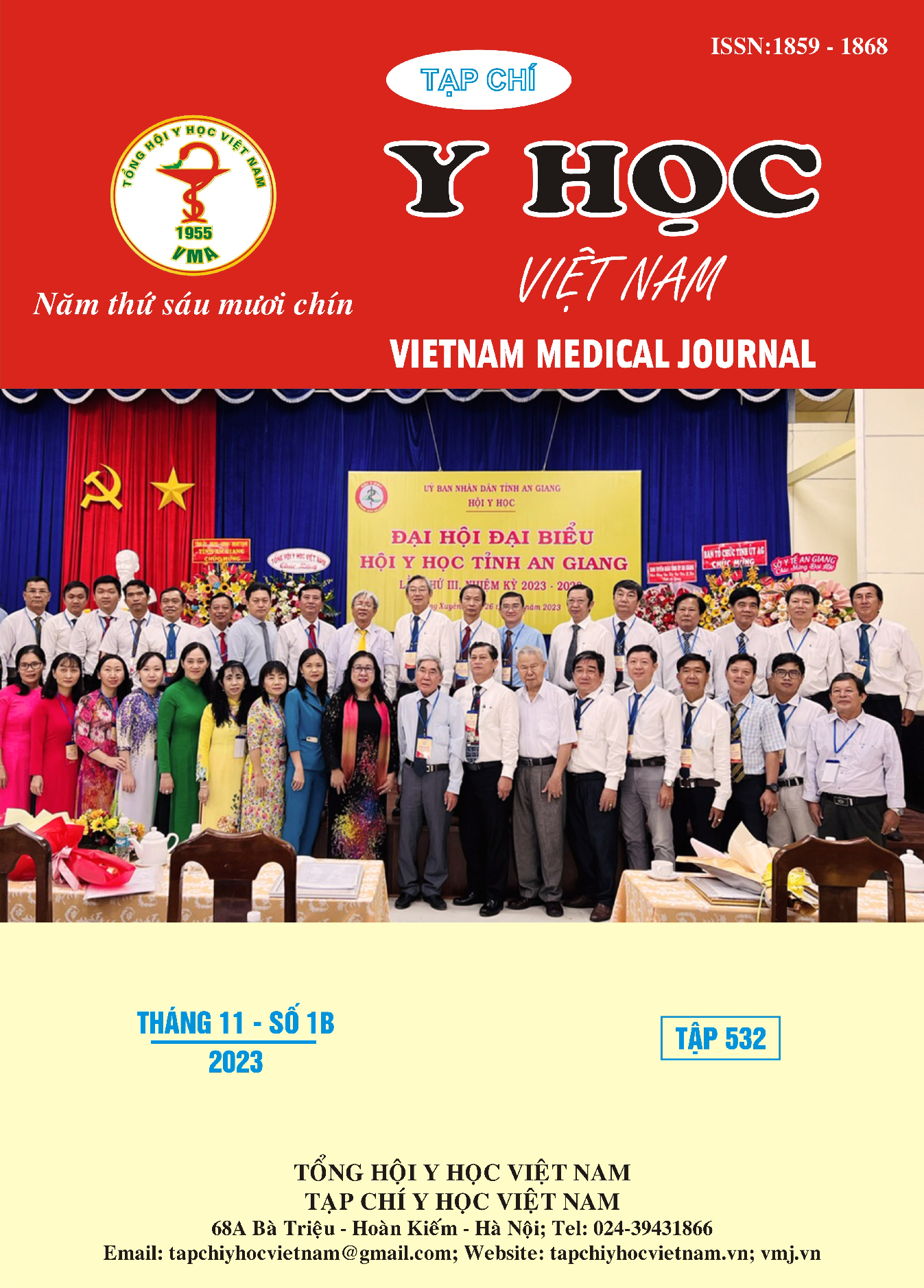RESULTS OF PRE-SURGICAL URINARY INFECTION TREATMENT AT HANOI MEDICAL UNIVERSITY HOSPITAL
Main Article Content
Abstract
Urinary tract infections (UTIs) are one of the most common bacterial infections acquired in the community and in hospitals. The Department of Urology of Hanoi Medical University Hospital annually estimates that it treats 200 to 300 UTI patients with positive bacterial cultures. Among them, the main treatment is urinary infections for patients requiring surgery. However, there are currently no specific reports on this group of patients. The purpose of the study is to describe the characteristics and treatment results of patients with UTIs before surgery. We retrospectively described 101 patients hospitalized for preoperative treatment of urinary tract infections with positive urine culture results at Hanoi Medical University Hospital during the period from January 2023 to the end of June 2023. Non-probability convenience sampling of patients eligible for the study. The average age of the study group is 57.87 ± 11.5 years old. Females outnumber males with a ratio of 1.3. There is no difference in age between men and women. UTI in preoperative patients is mainly caused by Escherichia coli, Pseudomonas aeruginosa and there is an alarming trend of antibiotic resistance, especially in the betalactam group. The aminoglycoside group currently has a high susceptibility rate to both of these pathogenic strains. The average number of inpatient days is 19.14 ± 13.64 days. The average number of days of treatment to negative (including outpatient treatment time) was 22.38 ± 20.56 days. Long inpatient stays in multi- or pan-resistant patients increase treatment costs and pose a potential risk of cross-infection. Urine culture is a test that must be done before all endoscopic surgeries through the urinary tract and treatment of urinary tract infections requires compliance with the antibiogram. Renal drainage is a safe and effective procedure in treating pyelonephritis.
Article Details
Keywords
urinary tract infection, pre-surgical
References
2. Foxman B. The epidemiology of urinary tract infection. Nature Reviews Urology. 2010;7(12):653-660. antibiotic resistance in the United States. Primary Care: Clinics in Office Practice. 2018;45(3):455-466.
4. Okumura J, Wakai S, Umenai T. Drug utilisation and self-medication in rural communities in Vietnam. Social science & medicine. 2002;54(12):1875-1886.
5. Poulsen LL, Bisgaard M, Son NT, Trung NV, An HM, Dalsgaard A. Enterococcus and Streptococcus spp. associated with chronic and self-medicated urinary tract infections in Vietnam. BMC infectious diseases. 2012;12:1-7.
6. Huong NM, Gammeltoft T, Rasch V. Strategies for the prevention and treatment of reproductive tract infections among women in Vietnam. Culture, health & sexuality. 2008;10(S1):S111-S121.
7. Vu TVD, Choisy M, Do TTN, et al. Antimicrobial susceptibility testing results from 13 hospitals in Viet Nam: VINARES 2016–2017. Antimicrobial Resistance & Infection Control. 2021;10:1-11.
8. Nguyen SN, Thi Le HT, Tran TD, Vu LT, Ho TH. Clinical epidemiology characteristics and antibiotic resistance associated with urinary tract infections caused by E. coli. International journal of nephrology. 2022;2022.
9. Prevention ECfD, Control. Antimicrobial resistance surveillance in Europe 2015. annual report of the European antimicrobial resistance surveillance network (EARS-Net). ECDC. 2015.
10. Mazzariol A, Bazaj A, Cornaglia G. Multi-drug-resistant Gram-negative bacteria causing urinary tract infections: a review. Journal of Chemotherapy. 2017;29(sup1):2-9.


